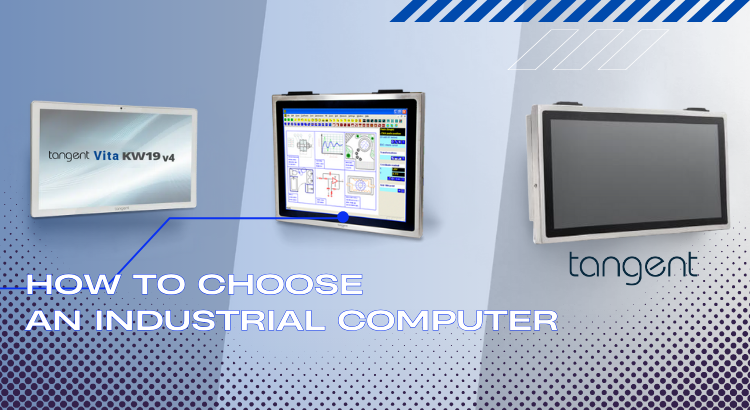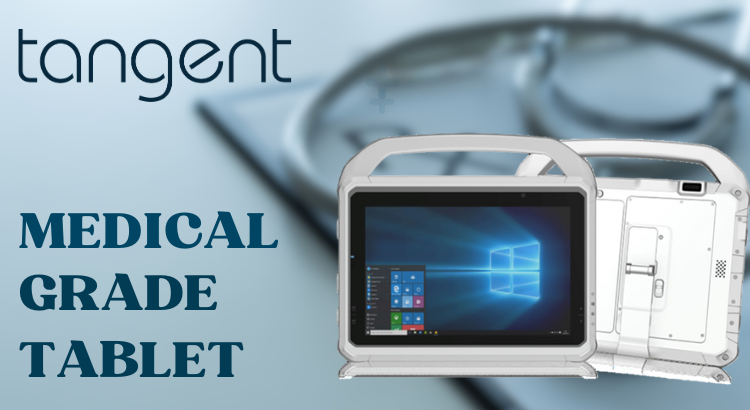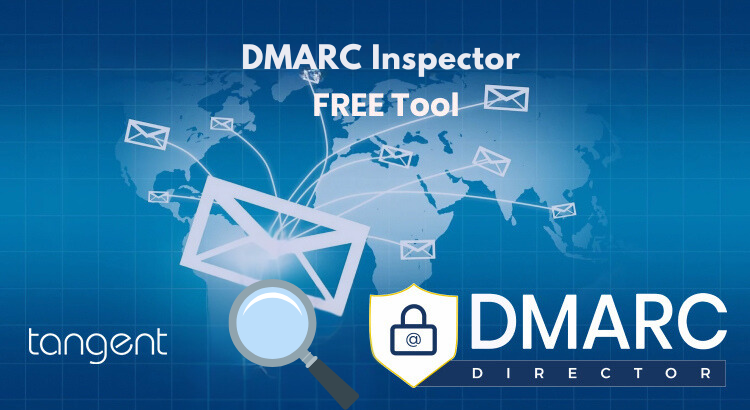In an age where cyber threats are constantly evolving, businesses of all sizes must take proactive steps to secure their email communications. One of the most effective ways to protect your brand from phishing, spoofing, and other email-based attacks is by implementing Domain-based Message Authentication, Reporting & Conformance (DMARC). But setting up and managing DMARC […]
Author: Michelle

Why Choose Tangent for Medical Grade Computers and Tablets
Medical-grade computers and tablets are vital tools that support a range of critical applications, from patient monitoring and electronic health records (EHRs) to telemedicine and medical imaging. When choosing medical-grade technology, not all computers are created equal. This is where Tangent, a leader in manufacturing computers for the healthcare industry, comes into play. Let’s explore […]

How to Choose an Industrial Computer?
Choosing the right industrial computer for your application can be a complex decision. With so many options available, it’s important to focus on the key factors that will affect performance, reliability, and suitability for your specific environment. Here’s a guide to help you understand what to look for and why choosing a computer from Tangent […]

Which security is best for email?
Email remains a critical communication tool for businesses, but it is also a primary target for cybercriminals. Ensuring that your email is secure requires more than just a basic filter or antivirus; it requires a comprehensive approach that considers all aspects of email security. Prior to addressing which type of email security is best, its […]

How do companies keep track of software licenses?
A quick Google search shows that many users still rely on Excel for software license management, especially in forum discussions. However, a 2023 article from Techradar highlighted a major disconnect: “Surveying six million customers across nine industries and 12 regions, Nexthink examined over 30 popular software tools and found that 50% of all licenses were […]

What Is DMARC and What Does It Do?
If you’ve ever managed email for a business or organization, you may have come across the term “DMARC.” But what exactly is DMARC, and why is it important? DMARC, which stands for Domain-based Message Authentication, Reporting, and Conformance, is an email authentication protocol. It’s designed to help protect email domains from being used in phishing […]

Touchscreen Panel PCs
What Is a Touchscreen Panel PC & Where Is It Used? In today’s fast-paced world, where technology is constantly evolving, touchscreen devices have become almost second nature to us. From smartphones to ATMs, touchscreens are everywhere. But have you ever wondered about touchscreen panel PCs? These versatile devices blend the functionality of a traditional PC […]

What is a Medical Computer?
Technology is indispensable for delivering patient care these days. From managing patient records and overseeing medication orders to conducting diagnostic tests and facilitating telemedicine, healthcare professionals rely heavily on computers and other digital devices to carry out their responsibilities effectively. However, not just any computer can meet the demands of a hospital environment. It is […]

Industrial Panel PCs
Industrial Panel PCs are indispensable tools designed to tackle the most challenging automation problems. These robust systems are not your typical consumer-grade computers; they are built to withstand harsh environments and provide reliable, long-term operation. Our Panel PCs, in particular, offer a versatile and powerful solution for a variety of industries. Equipped with the latest […]

Medical Grade Tablet
In healthcare technology, the demand for reliable and robust devices is ever-growing. Medical professionals require tools that are not only efficient but also meet stringent regulatory standards. One such essential tool is the medical grade tablet. Designed specifically for healthcare environments, these devices offer a combination of durability, reliability, and compliance with medical standards. When […]
